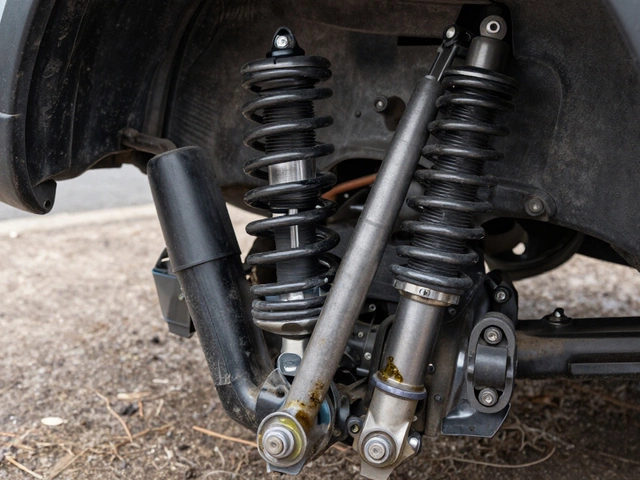Exhaust Emissions: What Causes High Emissions and How to Fix Them
When your car’s exhaust emissions, the gases released from your vehicle’s tailpipe, including carbon monoxide, nitrogen oxides, and unburned hydrocarbons. Also known as vehicle emissions, they’re tightly regulated in the UK to protect air quality and public health. If your car is spitting out too much of these gases, it’s not just bad for the environment—it’s probably going to fail its MOT. And no, it’s not always the exhaust system’s fault. More often, it’s something deeper: a clogged catalytic converter, a device that turns harmful exhaust gases into less toxic ones before they leave the tailpipe, a dirty air filter, or even a failing oxygen sensor. These aren’t minor issues. They hurt fuel economy, reduce engine power, and can lead to bigger, costlier damage if ignored.
Many drivers think high emissions mean they need a new exhaust pipe or a louder muffler. But that’s backwards. The exhaust system’s job isn’t to make noise—it’s to safely route gases out of the engine and clean them up. A broken catalytic converter, a device that turns harmful exhaust gases into less toxic ones before they leave the tailpipe is the most common culprit behind emissions failures. It can get clogged from bad fuel, oil leaks, or just age. A faulty oxygen sensor, a component that tells the engine how much oxygen is in the exhaust so it can adjust the fuel mix is another silent killer. If it’s giving wrong readings, your engine runs too rich—burning too much fuel and dumping out unburned gas. And if your air filter, the barrier that stops dirt from entering the engine’s combustion chamber is clogged, the engine can’t breathe right, which throws off the fuel-air balance and spikes emissions. These aren’t guesses—they’re the top three reasons UK mechanics see in emissions test failures.
Fixing emissions isn’t about guessing. It’s about testing. A simple diagnostic scan can show you which sensor is failing. A visual check of the catalytic converter can reveal if it’s glowing red-hot (a sign it’s clogged) or rattling inside (a sign it’s broken). And yes, sometimes it’s as simple as replacing a $20 air filter and resetting the system. But if you’re seeing black smoke from the tailpipe, smelling fuel, or getting a warning light, don’t wait. Driving with high emissions isn’t just illegal—it’s slowly killing your engine. Below, you’ll find real posts from drivers who’ve been there: how they spotted the problem, what they tried, and what actually worked. No fluff. No theory. Just what to check, what to replace, and when to call a pro.





